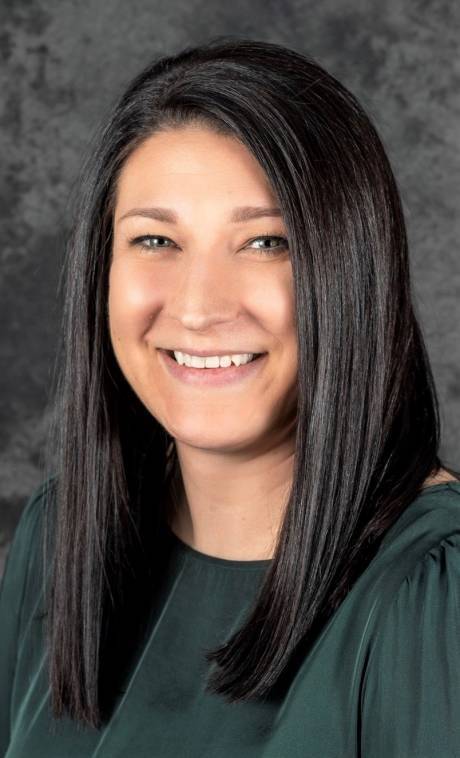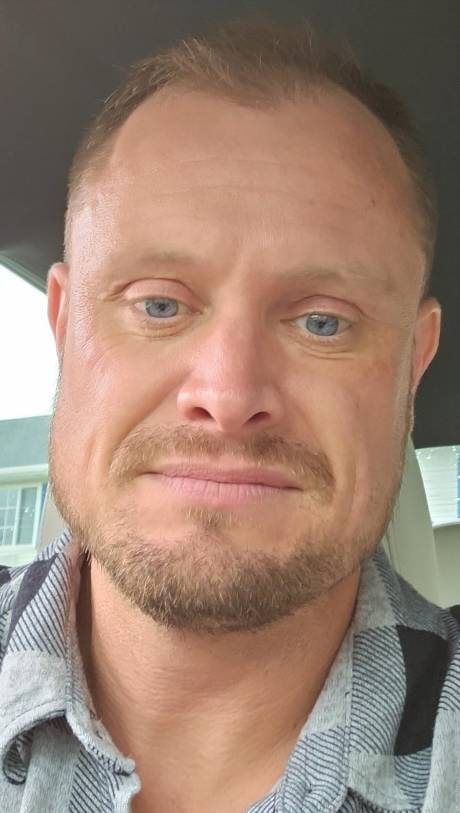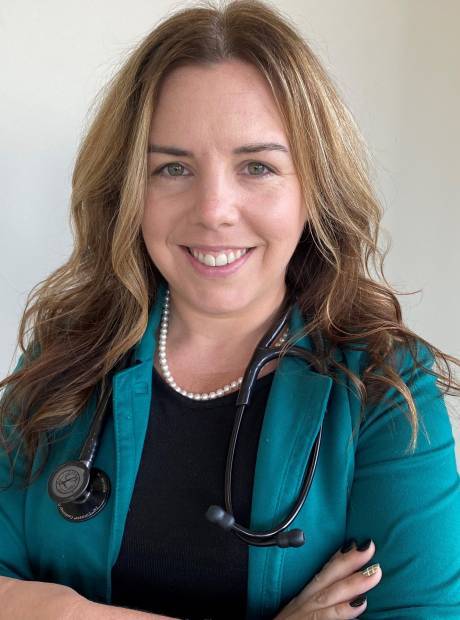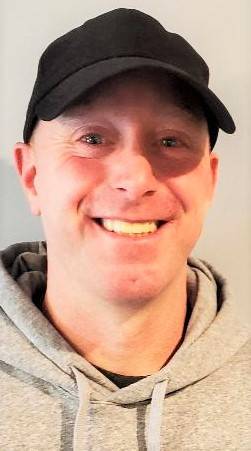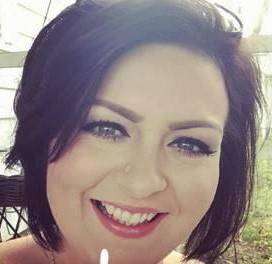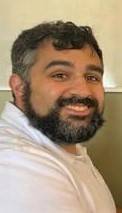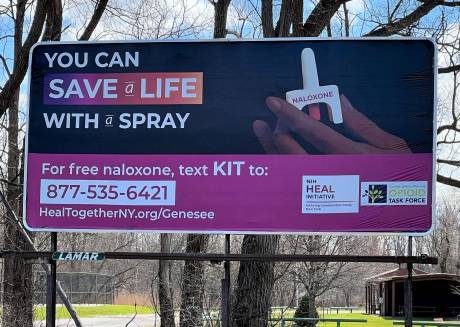Medications to treat substance use disorder are proven 'tools' in recovery, panelists say
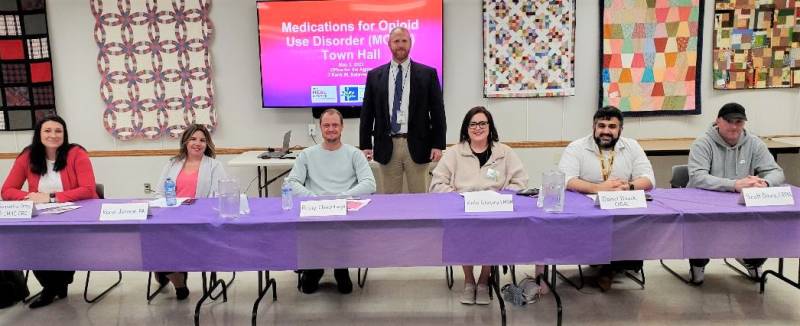
Treating someone struggling with substance use disorder can take many paths, but the road to recovery can become much easier to navigate with the help of specific clinically proven medications.
That premise was brought to light on Wednesday night by six professionals in the substance use field – including two who have experienced the pain of addiction – who participated in a “MOUD Anti-Stigma and Awareness Town Hall” event at the Genesee County Office for the Aging.
The session was sponsored by the HEAL Initiative and Genesee-Orleans-Wyoming Opioid Task Force, with Paul Pettit, public health director for Genesee & Orleans Health Departments, serving as moderator. About 45 people attended.
“I have sustained healthy sobriety for just under three years, and one of the tools I used to get that sobriety in my toolbox of recovery is buprenorphine,” said Reilly Climenhaga, a detox technician at Genesee/Orleans Council on Alcoholism and Substance Abuse, who said he has fought the substance use battle in his life for more than 20 years. “My issues and those of many others go much deeper than just the use of a chemical. There are many paths to sobriety for someone addicted to opiates, but I truly believe that using MOUD (Medication for Opioid Use Disorder) greatly increases a person's chances.”
The Food & Drug Administration has approved buprenorphine, methadone and naltrexone to manage opioid use disorder, and those medications are available through local agencies such as GCASA, Horizon Health Services and Rochester Regional Health.
Pettit pointed out that opioid use disorder has been recognized as a chronic disease and these medications work by relieving withdrawal symptoms, addressing psychological cravings and lowering the risk of return to use and overdose death.
“And that is the goal of The HEALing Communities study (a countywide initiative funded by the National Institutes of Health and Columbia University) – to reduce opioid deaths by 40 percent,” he said, noting that data shows that Genesee County has one of the highest opioid overdose death rates in New York.
Dr. Samantha Gray, PhD, an advanced practice clinician at Horizon Health Service’s Batavia location and an adjunct professor at the University of Buffalo, emphasized that MOUD not only helps with substance use disorder but also with the mental health aspect that usually is a key part of the treatment process.
“Over at Horizon, we are an integrated clinic. So, we assess for both substance use and mental health,” she said. “For those of you who are familiar with this population, those two things generally go hand in hand.”
Randi Johnson, a physician assistant at GCASA who works at the agency’s detoxification facility and Albion outpatient clinic, said MOUD, despite what people may think, is not a matter of trading one drug for another.
“I think we've probably all heard that at one point or another. But the important thing to remember is that we are treating this like a disease,” she said. “So, if you go to your primary care physician, you have high blood pressure, you have diabetes, you have any number of other common complaints, we're going to give you a medication to help treat that.
“The beauty of MOUD is that we can use this to take away any withdrawal symptoms for patients. This allows them clarity … it gives them a good baseline that they can function at, so that they can work with the counselors to change the behavioral aspect of this.”
Johnson said she has utilized buprenorphine micro-inductions – a gradual process -- to successfully initiate many patients on buprenorphine.
For Daniel Hauck, a clinical supervisor at Hope Haven Inpatient Rehabilitation, RRH Chemical Dependency unit in Batavia, medication for opioid use disorder has evolved over the years, leading to his acceptance of the practice.
“As I’ve seen it evolve, I've seen that there's better access to those medications. And as we really see better outcomes, it becomes much easier to engage a patient who feels hopeless in that moment, to actually be willing to come into that first appointment and come back to that second appointment,” he offered. “Oftentimes, that hopelessness comes from times where they have tried and feel like they failed.”
Hauck, along with panelist Kate Gregory, a licensed master social worker who manages the chemical dependency unit at RRH and Hope Haven, said they have made great strides in expanding services locally.
Gregory said it was a matter of figuring out how to serve patients better by developing immediate access.
“We launched a community-based care where we were able to go out and really serve patients, where they are literally meeting patients where they're at -- figuring out how not to let the EMR (electronic medical record) stop us from getting creative, and instead really expanding our services to meet the patient at any stage in their recovery,” she said.
When RRH added peer recovery advocates, that was a game-changer, she said.
One of those peers is Scott Davis, who also took part as a panelist at the public forum. Davis is in his second year as a recovery coach and certified peer advocate with RRH and is in recovery after many years of substance use.
In and out of legal trouble, including stints behind bars, Davis said that MOUD as prescribed by a physician was a key factor in his recovery.
“When I went to inpatient (treatment) in 2019, fentanyl was everything in my life,” he said. “I had cravings in rehab but I chose to go to a higher dose (of MOUD). I talked to my doctor, he had a plan, and when I got out I went to the Atwater (Community Residence) halfway house.”
It was there that Davis said he finally found the support system he needed, and eventually went to work for GCASA as a peer, before joining RRH as a recovery coach.
The panelists also shared their thoughts about the stigma attached to substance use disorder – perceptions among friends, family members and the community that can affect a patient’s self-worth.
“I think that, as a mental health or addiction therapist, it’s really important to just acknowledge that that exists. That validation alone can be huge,” Gregory said. “It’s also really important to infuse the culture of your agency with the right language and with the right education and with the right trainings and expectations around what creates a welcoming environment for people.”
She acknowledged the differing views of community members, and said that continuing education through public forums such as this town hall meeting will help to change perceptions.
Johnson said a major hurdle is that patients tend to believe the negative things that are said about them.
“As much as the community stigmatizes them at times, they come in and they believe that so wholeheartedly,” she said. “And so, one of the conversations I usually have with my patients, because almost every single one of them will come in and say I failed my urine test today, that it’s not pass or fail. We have that education in the visits with them because I don't want them to feel like one use constitutes a failure.”
Disclosure: Mike Pettinella is the publicist for GCASA.
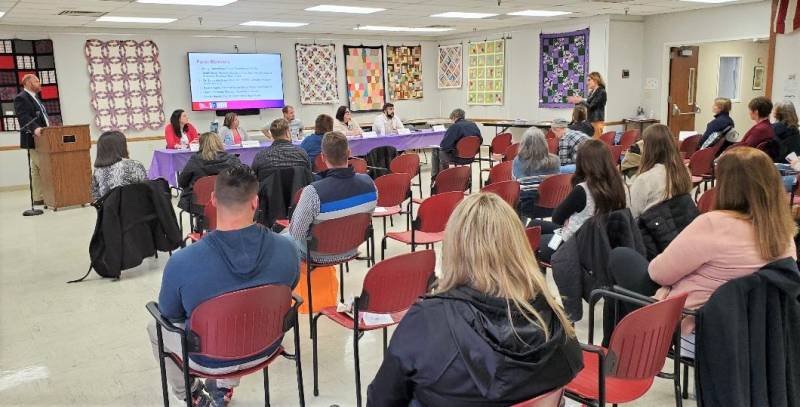
About 45 people attended the two-hour session that explored the issues surrounding medication for opioid use disorder.

